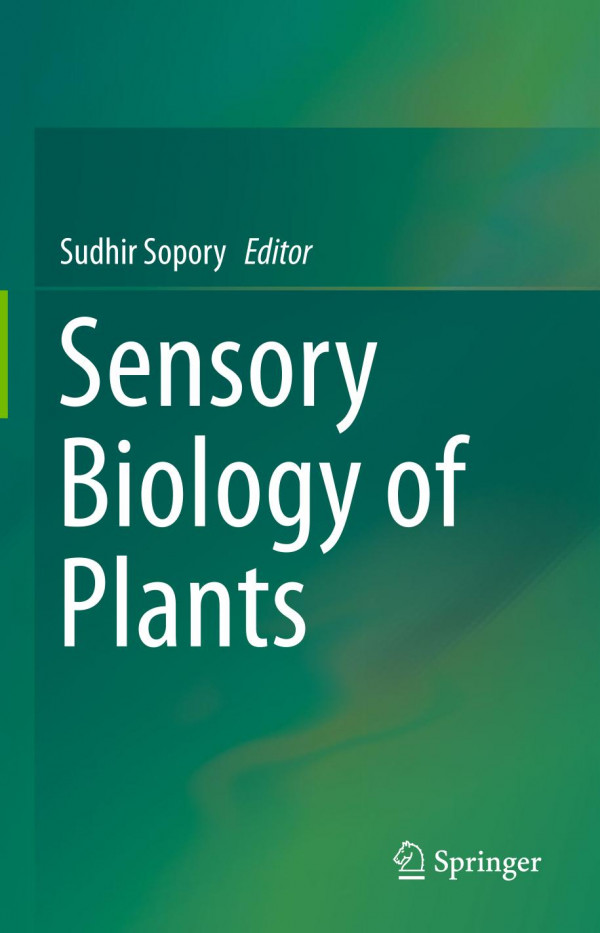

Most ebook files are in PDF format, so you can easily read them using various software such as Foxit Reader or directly on the Google Chrome browser.
Some ebook files are released by publishers in other formats such as .awz, .mobi, .epub, .fb2, etc. You may need to install specific software to read these formats on mobile/PC, such as Calibre.
Please read the tutorial at this link. https://ebooknice.com/page/post?id=faq
We offer FREE conversion to the popular formats you request; however, this may take some time. Therefore, right after payment, please email us, and we will try to provide the service as quickly as possible.
For some exceptional file formats or broken links (if any), please refrain from opening any disputes. Instead, email us first, and we will try to assist within a maximum of 6 hours.
EbookNice Team

Status:
Available0.0
0 reviewsPlants provide a source of survival for all life on this planet. They are able to capture solar energy and convert it into food, feed, wood and medicines. Though sessile in nature, over many millions of years, plants have diversified and evolved from lower to higher life forms, spreading from sea level to mountains, and adapting to different ecozones. They have learnt to cope with challenging environmental conditions and various abiotic and biotic factors.
Plants have also developed systems for monitoring the changing environment and efficiently utilizing resources for growth, flowering and reproduction, as well as mechanisms to counter the impact of pests and diseases and to communicate with other biological systems, like microbes and insects.
This book discusses the “awareness” of plants and their ability to gather information through the perception of environmental cues, such as light, gravity, water, nutrients, touch and sound, and stresses. It also explores plants’ biochemical and molecular “computing” of the information to adjust their physiology and development to the advantage of the species. Further, it examines how plants communicate between their different organs and with other organisms, as well as the concepts of plant cognition, experience and memory, from both scientific and philosophical perspectives. Lastly, it addresses the phenomenon of death in plants.
The epilogue presents an artist’s view of the beauty of the natural world, especially plant “architecture”.
The book provides historical perspectives, comparisons with animal systems where needed, and general biochemical and molecular concepts and themes. Each chapter is selfcontained, but also includes cross talk with other chapters to offer an integrated view of plant life and allow readers to appreciate and admire the functioning of plant life from within and without.
The book is a tribute by the Editor to his students, colleagues and co-workers and to those in whose labs he has worked.